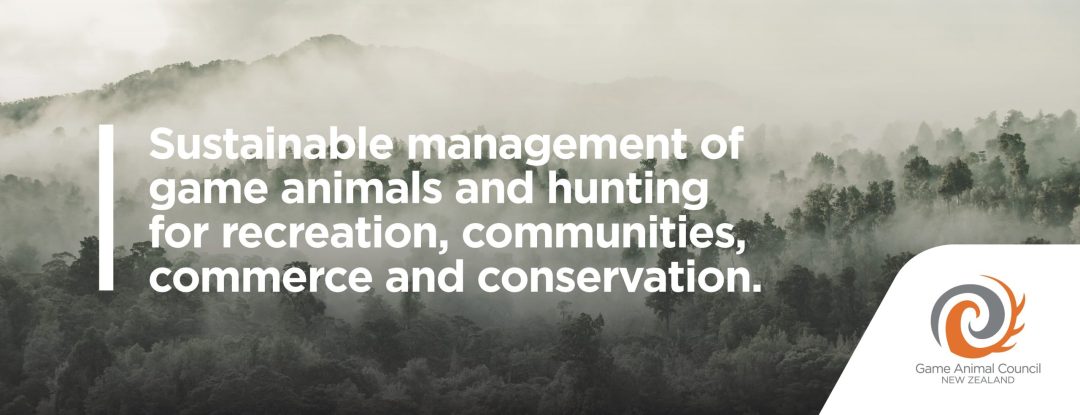
Kea are a wide ranging parrot which live throughout the South Island, from the mountains to the sea. They are unique to New Zealand and are a fully protected, endangered species.
Hunting and kea
Kea can often be found in the mountainous areas that offer great hunting opportunities. This brings these curious and intelligent birds into contact – and sometimes conflict – with hunters.
Kea love exploring anything new. If they spot a campsite, they will actively seek to investigate it. They are very capable of shredding tents, bags and everything else which can be expensive and is a dangerous safety issue for hunters who rely on their equipment for survival in the hills.
Kea are most active at dawn and dusk, and they’re most likely to get into trouble when people aren’t around. Younger birds are also more likely to cause trouble. You can identify young birds by the yellow colour surrounding the base of their beak.
While kea behaviour can be destructive and annoying, it is illegal to harm them. While there are currently no approved kea deterrent products available for hunters to use, below are some actions that you can try for minimising kea interest and impacts while out hunting.
Minimising interest and impacts
- Where possible, set up camp under forest canopy or scrub cover rather than out in the open.
- Hide and/or bury organic food scraps away from your campsite, to prevent kea associating hunters’ camps with novel foods.
- Soft and pliable items are interesting to kea. Consider packing your gear in harder bags/boxes.
- Some research has suggested that kea are attracted to white, yellow and red more than other colours. If you can do so safely, stay drab and out of sight.
- Ignore kea as much as possible. Don’t feed them, follow them around, talk to them, throw things at them, shout at them or bang things – they may think you’re trying to play with them.
- You may need to keep a member of your party on ‘camp guard duty’.
- Pack up your camp each morning (especially items that are movable like shoes or clothing) to prevent kea destroying everything while you’re away. Covering things with a tarp can also help.
If your efforts to deter kea from your campsite aren’t working, you can consider building a ‘gym’ of interesting items elsewhere, e.g. cooking pots on a cord. This may give them something to play with, while keeping them away from you and your camp. Bear in mind that these items may get damaged or destroyed, therefore they should not be dangerous to kea or the environment i.e. no rubber, string or anything that is not biodegradable or easily swallowed.
Always ensure your safety remains the priority.
Help kea research and monitoring
Information on kea populations, movement and behaviours in our wild places is limited. Hunters regularly explore areas of the backcountry very few others go, making hunting a critical activity for supporting kea research and monitoring. Help kea research efforts and the support the social acceptance of hunting by logging your kea sightings, using one of the options outlined below:
- If you’re hunting in the tahr ballot, take the time to fill out the kea observations section in your tahr ballot return booklet.
- The New Zealand Tahr Foundation also have an app that allows users to submit data on tahr, chamois, red deer, native birds and vegetation seen during their time in the Southern Alps. Download through Google or Apple.
- If you’re hunting elsewhere, you can carry out a kea survey or report kea sightings via the Kea Conservation Trust’s website, which helps improve understanding of where and how often kea are present in the landscape.
Lead and kea
Lead is attractive to kea because it is soft to chew and has a sweet taste to them, but even consuming small amounts of lead can harm or kill kea.
Most lead poisoning has historically been caused by kea gnawing on the lead head nails and flashings of huts and buildings, however the consumption of lead bullet fragments from feeding on the carcasses of animals shot with lead ammunition is also a risk.
Tahr, deer and chamois carcasses appear to be an important food source for kea in alpine areas particularly, and flocks of kea are frequently observed scavenging together on a single animal carcass, increasing the likelihood of lead poisoning if the game animal was shot.
What you can do:
- Consider not using lead ammunition at all – particularly in kea habitat. It may not suit all hunting styles or firearms/calibres, but the range and quality of lead-free projectiles and loaded ammo has improved rapidly and for many people, there’s now a good lead-free option available.
- If you do use lead ammunition, try to reduce the visibility/accessibility of lead affected tissue – consider taking the bullet-damaged parts with you, or burying it or hiding it in the scrub. If you’re above the bush line then long tussock, shrubs or large rocks may help.
Lead and meat
Lead is also toxic to humans. Protect your health and that of your friends and family by ensuring that the meat consumed is free of lead.
Choosing lead-free ammunition provides certainty that you and those you share your hunting rewards with are protected, as well as curious kea.
If you are using lead ammunition, minimise exposure to lead fragments by carefully butchering meat. Small lead fragments can spread across a wide area around the bullet path, so it is better to remove more rather than less of the surrounding area.
Better Hunting has a meat processing and carry out (field dressing) module you can complete, which covers general field dressing. It’s not specific to lead or kea, but useful for a general understanding of careful butchering.

